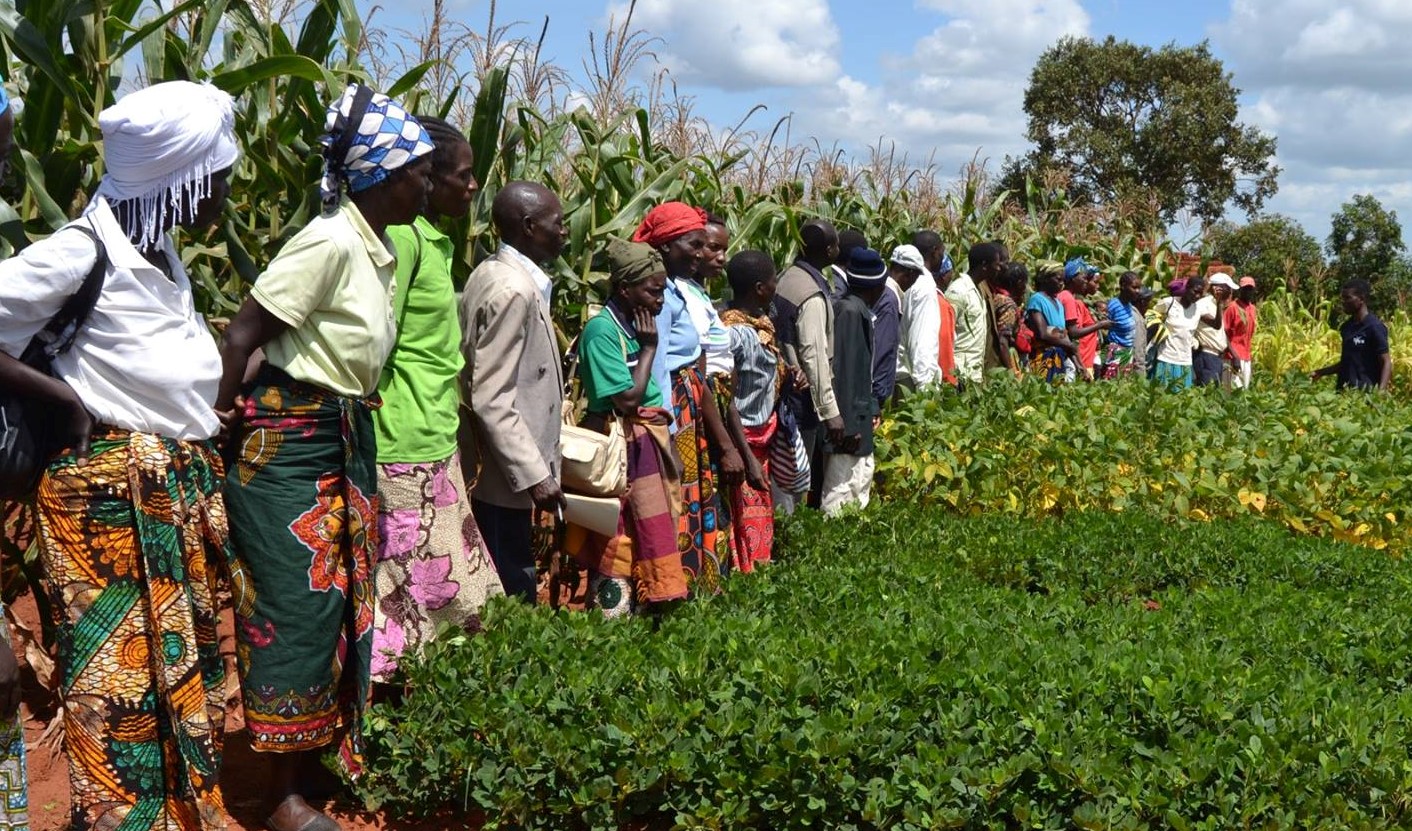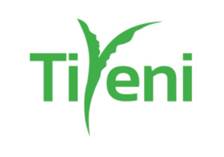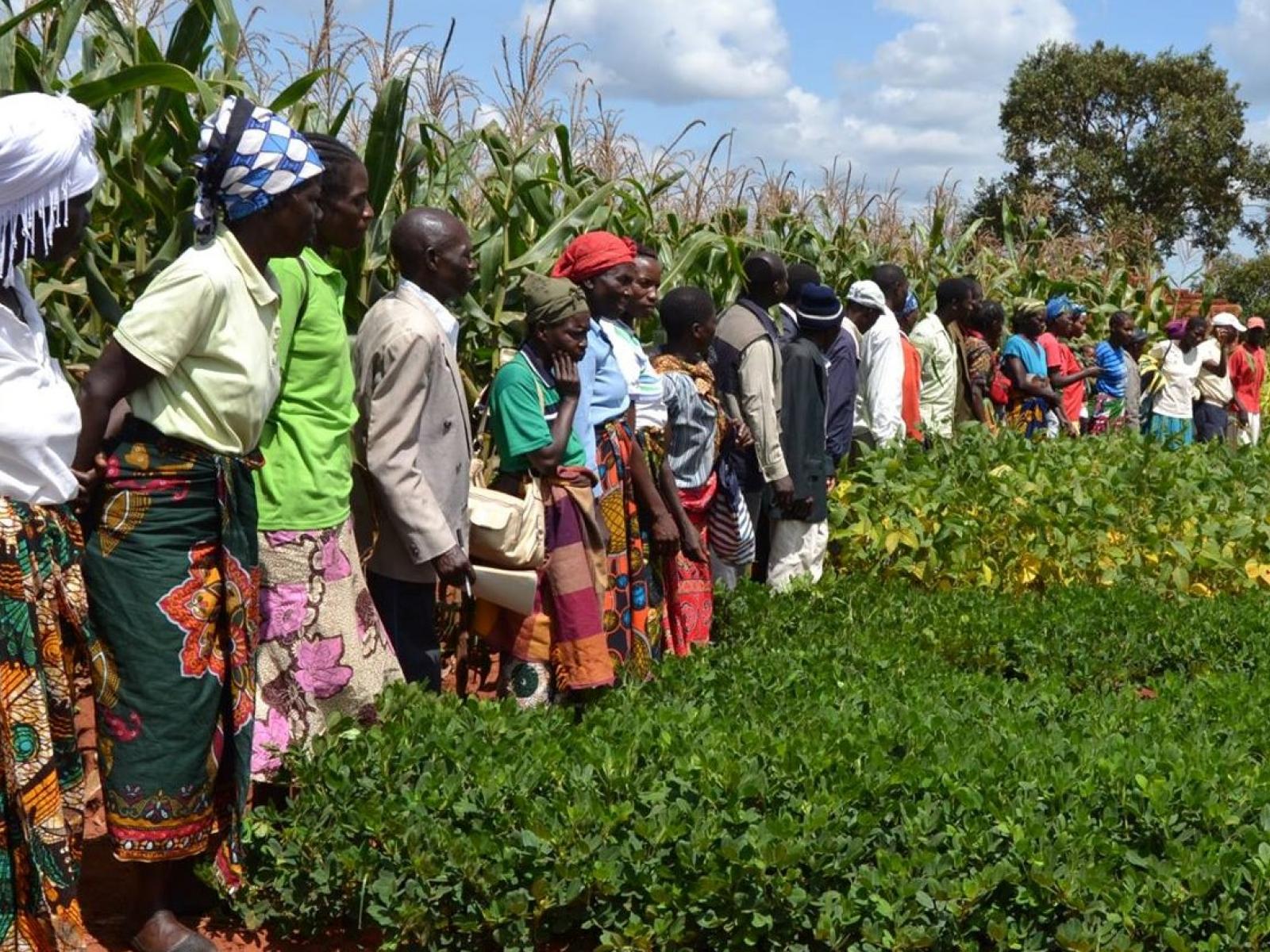An Overview Of Our Solution
- Population Impacted:
- Continent: Africa
Organization type
Population impacted
Size of agricultural area
Production quantity
People employed
Describe your solution
Describe your implementation
External connections
What is the environmental or ecological challenge you are targeting with your solution?
Describe the context in which you are operating
In Northern Malawi over 80% of the population depend on farming to survive. Rain-fed agriculture is the dominant source of food and feed production in sub-Saharan Africa⁴, providing nearly 90% of staple food and feed production⁵. Water availability is projected to be less than half of 1990 levels in Malawi by 2025. The individual impact will be greatest to the poor, who have the most limited access to water resources⁶ and will be hardest hit by the resultant increase in maize price.
Poor crop yields have reduced the country to one of the poorest in Africa and contributed to recurring current ‘serious’ levels of hunger⁷. The 2015/16 agricultural season has been extremely poor, largely due to a devastating El Nino⁸. A report by the Mzuzu Agriculture Development Division (MZADD), the Agricultural Production Estimates Survey report for second round 2015/2016, covering the districts where Tiyeni operates, shows that rainfall patterns have been becoming more erratic and extreme. The report indicates that 47,904 families experienced food insecurity and 53,489 hectares planted to different crops were affected.
How did you impact natural resource use and greenhouse gas emissions?
Social/Community
Water
Food Security/Nutrition
Economic/Sustainable Development
Climate
Sustainability
Beyond core funding requirements, the cost of replicating the method is limited by project emphasis on training and capacity building through knowledge acquisition. After three years farmers are self-sufficient and food-secure. All major project stakeholders (farmers, local leaders and government staff) possess the skills and knowledge to disseminate and implement the deep-bed system. An exit plan entrusts local stakeholders and project beneficiaries with leadership in implementing project activities, which guarantees continuity and sustainability. Tiyeni operates with grant funding and receives a small proportion of yearly funding from several organisations and individuals in the UK.
Return on investment
Entrant Image

Entrant Banner Image

